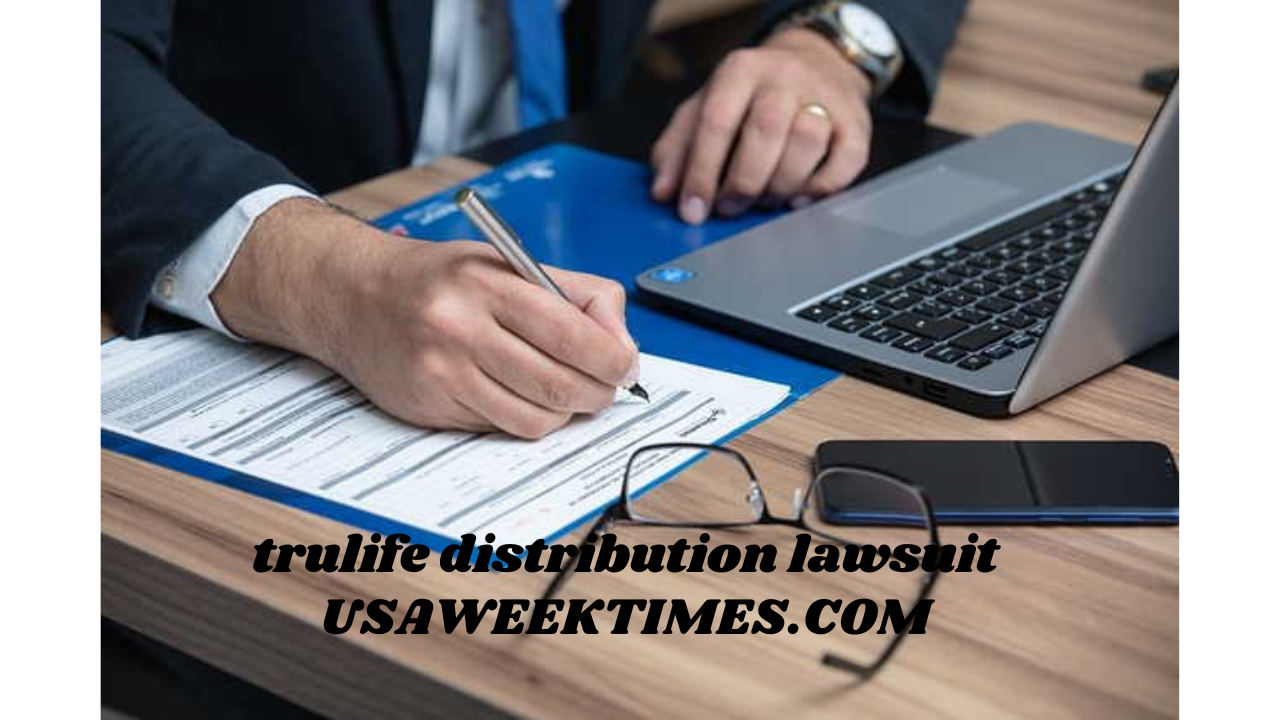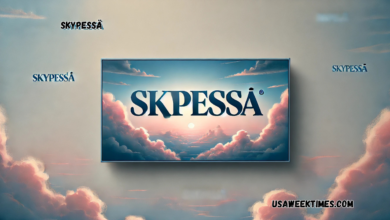Trulife Distribution Lawsuit: A Comprehensive Overview of the Legal Battle
Introduction
The Trulife Distribution lawsuit has captured significant attention in the legal and business worlds, with its implications touching upon issues of corporate governance, intellectual property, and the complexities of distribution agreements. As businesses continue to expand globally, disputes like the Trulife Distribution lawsuit provide important lessons for corporate entities, distributors, and legal professionals alike. This article delves into the various aspects of the lawsuit, examining its background, key legal issues, and its broader implications for the distribution industry.
What is the Trulife Distribution Lawsuit?
The Trulife Distribution lawsuit refers to a legal dispute involving Trulife Distribution, a company involved in distributing health, wellness, and lifestyle products. The lawsuit stems from disagreements between Trulife Distribution and its business partners, including suppliers, distributors, and possibly even employees. The legal issue revolves around allegations of breach of contract, intellectual property infringement, or disputes regarding the terms of distribution agreements.
While details of the specific claims vary, the core of the Trulife Distribution lawsuit lies in whether the company or one of its partners violated legally binding terms. The case highlights how high-stakes business disputes can escalate into full-blown legal confrontations, drawing attention from the public and industry stakeholders.
Key Players Involved in the Lawsuit
The primary players in the Trulife Distribution lawsuit include the company itself, its partners, and other parties directly or indirectly impacted by the dispute. The lawsuit likely involves multiple parties, such as:
- Trulife Distribution: As the plaintiff or defendant, depending on the specifics, Trulife Distribution is at the center of the lawsuit. The company’s reputation and financial well-being are at stake, as are its future relationships with business partners.
- Business Partners: These can include suppliers, distributors, or even competitors who may have been impacted by Trulife’s alleged business practices or decisions. Some may have filed the lawsuit, while others could be accused of wrongdoing.
- Legal Teams: Both the plaintiffs and defendants typically employ top-tier legal counsel to represent their interests, often involving a combination of corporate, intellectual property, and contract law experts.
Each party plays a vital role in shaping the trajectory of the case, as the legal proceedings involve detailed investigations, expert testimony, and evidence presentation.
The Core Legal Issues in the Trulife Distribution Lawsuit
Several core legal issues define the Trulife Distribution lawsuit, including contractual violations, intellectual property rights, and distribution terms. Understanding these issues provides valuable insight into the challenges businesses face when entering complex agreements.
Breach of Contract
At the heart of the Trulife Distribution lawsuit is likely a breach of contract claim. In business partnerships, distribution agreements clearly outline the roles, obligations, and responsibilities of each party. If one side fails to meet these expectations, the other party may file a lawsuit to enforce the contract or seek damages.
In this case, Trulife Distribution or one of its partners may have violated specific terms of their agreement, such as failing to deliver goods on time, providing substandard products, or acting in a manner that contradicts the spirit of the partnership. Breach of contract claims can be particularly contentious, as they often require thorough documentation and legal interpretation to determine fault.
Intellectual Property Disputes
Another key issue in the Trulife Distribution lawsuit could involve intellectual property (IP) rights. Distribution companies often handle proprietary products, which means there are legal protections around their use, distribution, and sale.
For instance, Trulife may have faced accusations of misappropriating patented products, violating trademarks, or using copyrighted materials without permission. IP disputes are common in industries dealing with consumer goods, as companies seek to protect their innovations from being exploited by competitors. A lawsuit of this nature could focus on whether Trulife properly respected the intellectual property rights of its business partners.
Distribution Practices and Terms
In addition to contract breaches and IP concerns, distribution practices and the terms of the agreement may also be central to the Trulife Distribution lawsuit. For example, disputes could arise over exclusivity clauses, geographic restrictions, or pricing structures. These terms can have significant financial consequences for all involved parties. Distributors may argue that they were unfairly restricted from reaching certain markets, or they may claim that the company’s pricing strategy is uncompetitive or anti-competitive.
The Legal Process in the Trulife Distribution Lawsuit
The path to resolving the Trulife Distribution lawsuit involves several stages of litigation, and understanding the legal process can help clarify the likely progression of the case.
Pre-Litigation and Settlement Attempts
Before a lawsuit is filed, many companies, including Trulife Distribution, attempt to resolve their issues through negotiation or mediation. This phase involves both parties trying to reach a settlement without resorting to court intervention. Settlement negotiations may focus on financial compensation, contract renegotiations, or changes to the distribution arrangement.
If an agreement is reached, the case may be dropped, and the terms of the settlement are kept confidential. However, if negotiations fail, the case proceeds to litigation.
Discovery and Evidence Gathering
Once the case enters the courtroom, the discovery phase begins. This stage involves the exchange of documents, depositions, and other evidence that both sides will use to argue their case. For instance, Trulife Distribution would provide evidence to defend itself against claims of contract breaches or IP violations, while the plaintiff would present evidence to support their accusations.
This stage is often time-consuming and can be complex, especially if there are multiple contracts, business documents, and communications involved.
Court Proceedings and Trial
If a settlement is not reached, the lawsuit proceeds to trial. The trial could be held in a court of law or in an arbitration setting, depending on the terms of the original distribution agreement. Both sides present their arguments, evidence, and witness testimony in front of a judge or jury. This phase can last several weeks or months, depending on the complexity of the case.
At the trial’s conclusion, a verdict is rendered, and one side may be awarded damages or other forms of relief. In some instances, the judge may order the parties to renegotiate the terms of the contract or even impose sanctions for breaches of the agreement.
Potential Consequences of the Trulife Distribution Lawsuit
The outcome of the Trulife Distribution lawsuit could have significant consequences for all parties involved. These consequences can be divided into financial, reputational, and operational impacts.
Financial Penalties
If Trulife Distribution or one of its partners is found liable, financial penalties can be significant. This includes compensatory damages for any losses suffered by the plaintiff, as well as potential punitive damages designed to punish the defendant for particularly egregious actions.
Additionally, the costs of legal defense and court fees can further add to the financial burden. In some cases, companies may also face the costs of rectifying or renegotiating distribution agreements, further impacting their bottom line.
Reputational Damage
A lawsuit can significantly tarnish a company’s reputation. For Trulife Distribution, being involved in a high-profile legal battle could lead to negative publicity, which may erode consumer trust and harm business relationships. Partners may distance themselves, and potential customers may choose to do business elsewhere due to concerns about the company’s reliability or integrity.
Operational Disruptions
Ongoing litigation can disrupt daily business operations. Resources are often diverted from business growth or strategic planning to manage the lawsuit. Additionally, supply chains and distribution channels could be affected if the outcome results in changes to the distribution terms or legal requirements.
Conclusion: The Importance of Addressing Legal Issues Proactively
The Trulife Distribution lawsuit serves as a cautionary tale for businesses in any industry. Legal disputes, especially those related to distribution agreements, can have far-reaching consequences for both the companies involved and their partners. The case underscores the importance of clear, well-structured contracts, intellectual property protections, and transparent communication between parties to prevent misunderstandings and costly legal battles.
For companies engaged in distribution or other business partnerships, it is crucial to address legal issues proactively, ensuring that all terms are clearly defined and that both sides understand their rights and obligations. Failure to do so could result in legal complications, damaged reputations, and financial losses that could have otherwise been avoided.




